 Strickland Execution Story
Strickland Execution Story
Time Period: Louisiana Purchase through Early Statehood (1803 - 1860)
 Strickland Execution Story
Strickland Execution Story
Strickland, Jacob (Execution of)
Strong, Erastus Burton
Sunken Lands
Swamp Land Act of 1850
Tahlonteskee
aka: Tolluntuskee
Takatoka
aka: Ticketoke
aka: Ta-Ka-To-Kuh
aka: De'gata'ga
aka: Degadoga
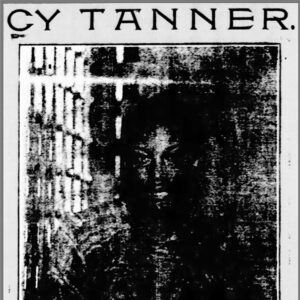 Cy Tanner Execution
Cy Tanner Execution
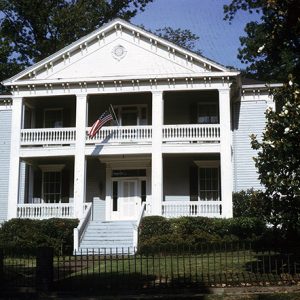 James C. Tappan House
James C. Tappan House
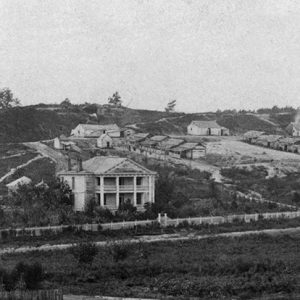 James C. Tappan House
James C. Tappan House
Taylor Log House and Site
aka: Taylor House of Hollywood Plantation
Taylor, Zachary (Leadership of Fort Smith)
 Zachary Taylor
Zachary Taylor
Tebbetts, Jonas March
Telegraph Road (Northwestern Arkansas)
 Ten Mile House Outbuildings
Ten Mile House Outbuildings
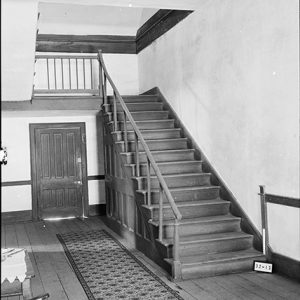 Ten Mile House Interior
Ten Mile House Interior
Ten Mile House
aka: Stagecoach House
aka: McHenry House
 Thomas B. Thorpe
Thomas B. Thorpe
Thompson, David Aiken
Toll (Lynching of)
 Silas Toncray
Silas Toncray
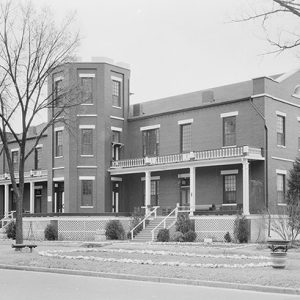 Tower Building
Tower Building
Trail of Tears
 Trail of Tears Map
Trail of Tears Map
Trammel’s Trace
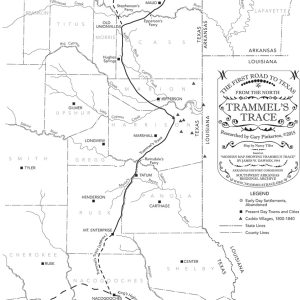 Trammel's Trace
Trammel's Trace
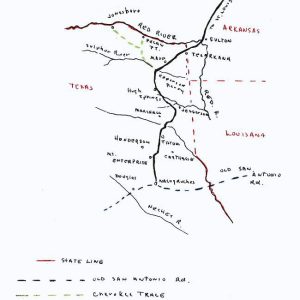 Trammel's Trace Map
Trammel's Trace Map
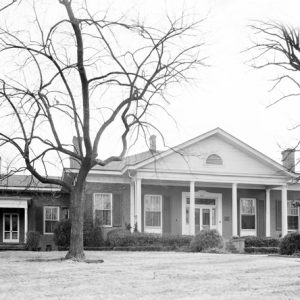 Trapnall Hall
Trapnall Hall
Trapnall Hall
Treaty of Council Oaks
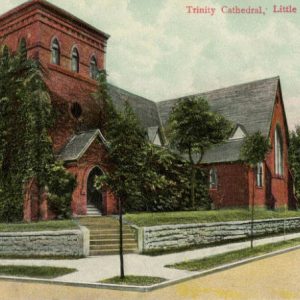 Trinity Episcopal Cathedral
Trinity Episcopal Cathedral
Trulock, Amanda Beardsley
 Amanda Beardsley Trulock
Amanda Beardsley Trulock
Tulip Female Collegiate Seminary
aka: Ouachita Conference Female College
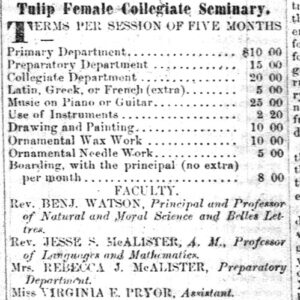 Tulip Female Collegiate Seminary Ad
Tulip Female Collegiate Seminary Ad
 Tulip Female Collegiate Seminary Article
Tulip Female Collegiate Seminary Article
Tutt-Everett War
aka: King-Everett War
 Tutt-Everett War Story
Tutt-Everett War Story
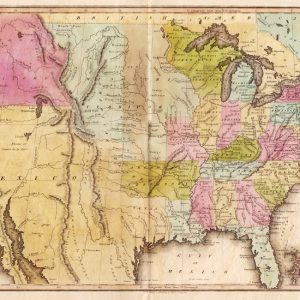 U.S. Map, circa 1820
U.S. Map, circa 1820
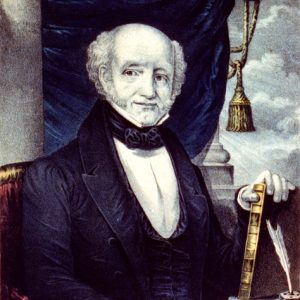 Martin Van Buren
Martin Van Buren
Van Winkle’s Mill
Villemont (Chicot County)
Walker-Stone House
Walker, David
War of 1812
Warren, Edward Allen
Warren, Nathan
 Nathan Warren
Nathan Warren
 Edward Payson Washbourne
Edward Payson Washbourne




